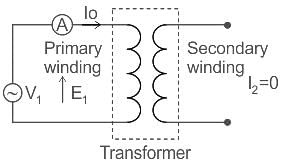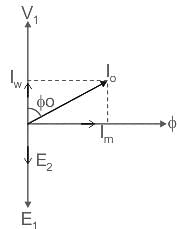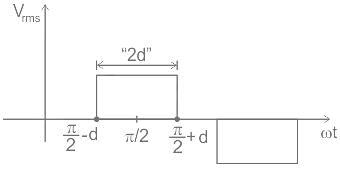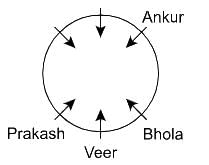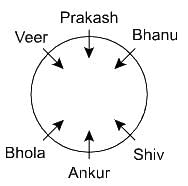BEL Trainee Engineer Electrical Mock Test - 7 - Electrical Engineering (EE) MCQ
30 Questions MCQ Test - BEL Trainee Engineer Electrical Mock Test - 7
The total load transmitted through a 3-phase transmission line is 10 MW at 0.8 pf lag. The I2R losses are 900 kW. The efficiency of transmission line is
Air friction damping is used in a/an _______ instrument.
Find the Fourier series coefficients for the continuous time periodic signal

Consider the following points:
1) Inherent short circuit operation
2) Regenerative capability
3) Need for inverter grade thyristors
4) Voltage spikes across the load
Which of the following are true with CSI (current source inverter)The value of R, for which the maximum power transferred across AB of the circuit shown in the figure below is:

When a two- winding transformer is converted into an autotransformer, the kVA rating of the resultant autotransformer:
The transfer function of phase lead compensator is given by:

Find the maximum phase shift provided by the compensator.
The parameter of an equivalent circuit of a three-phase induction motor affected by reducing the rms value of the supply voltage at the rated frequency is
Two components of no load current of single phase transformer are Iw = 0.4 A and Im = 1.44 A. Its no load power factor will be
Which of the following is a linear system?
Which diode has negative resistance region in its characteristics?
In single pulse modulation of PWM inverters, the pulse width is 120°. For an input voltage of 220 V dc, what is the r.m.s. value at the fundamental component of the output voltage?
Direction: In the following questions choose the word opposite in meaning to the given word.
Cultivated
Direction: In the following question, a sentence has been given in Active/Passive Voice. Out of the four alternative suggested, select the one which best expresses the same sentence in Passive/Active Voice.
My father has promised me a bicycle.
Directions: A sentence is given here with a blank and you need to fill the blank choosing the word/words given below. If all the words given can fill the blank appropriately, choose ‘All are correct’ as your answer.
Today, inflation rates are rising across the world and in the largest economies have ___________ levels not seen since the early 1980s.
I. Heightened
II. Reached
III. Standard
Which file system does windows 95 typically use?
A line printer
(i) prints an entire line at a time
(ii) is a non-impact printer
(iii) allows multiple copies to be taken at a time
(iv) prints one character at a time
A computer cannot “boot” if it does not have the
Paper spreadsheets can have all the same advantages as an electronic spreadsheet except which of the following?
What do we call a computer program that organizes data in rows and columns of cells? You might use this type of program to keep a record of the money you earned moving lawns over the summer.
Directions to Solve
In each word of the following questions consists of pair of words bearing a relationship among these, from amongst the alternatives, pick up the pair that best illustrate a similar relationship.
Question -
Silence : Noise
Directions to Solve
In each of the following questions find out the alternative which will replace the question mark.
Question -
4 : 19 :: 7 : ?
Six persons – Veer, Prakash, Bhola, Shiv, Ankur and Bhanu were sitting around a circular table facing towards the centre. Who was sitting to the immediate right of Bhanu?
Statement I: Ankur was sitting second to the right of Veer, who was sitting to the immediate left of Bhola. Prakash was sitting second to the left of Bhola.
Statement II: Shiv was sitting to the immediate right of Ankur, who was sitting second to the right of Veer. Prakash was sitting second to the left of Bhola, who is to the immediate left of Ankur.
Directions to Solve
In each of the following questions find out the alternative which will replace the question mark.
Question -
Microphone : Loud :: Microscope : ?
Directions to Solve
In each of the following questions find out the alternative which will replace the question mark.
Question -
Carbon : Diamond :: Corundum : ?





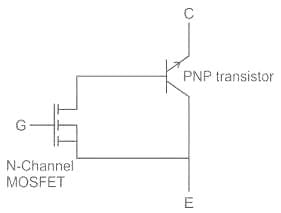


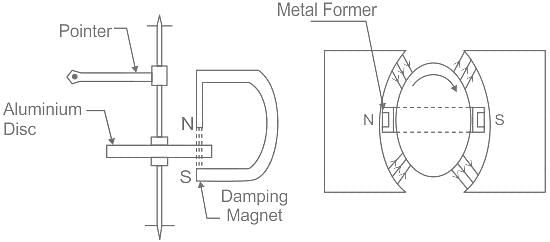
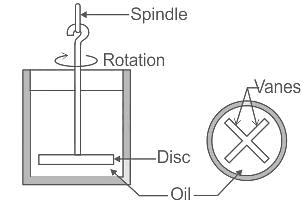
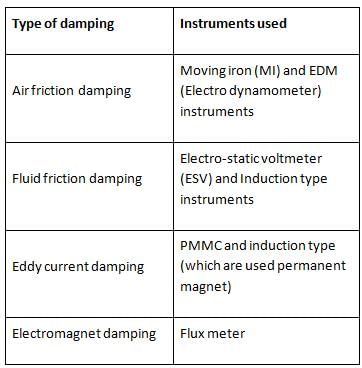










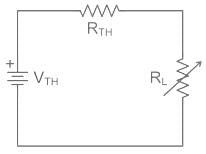







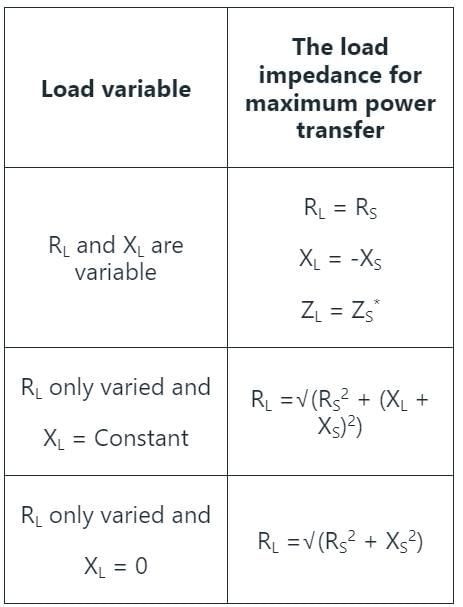
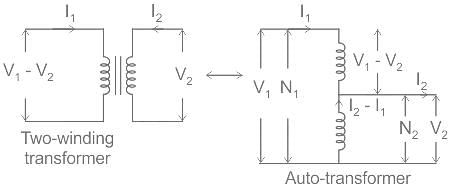


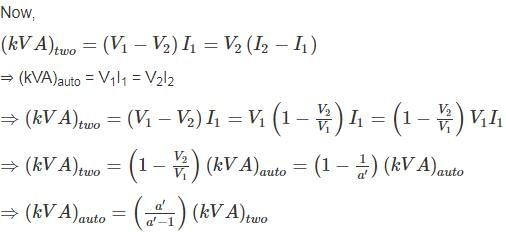







 and it is given below.
and it is given below.

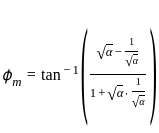
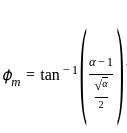


 , where
, where  is slip. Now, if we create an equivalent transformer circuit for induction motor, the secondary resistance will be
is slip. Now, if we create an equivalent transformer circuit for induction motor, the secondary resistance will be  . Thus the load resistance will be
. Thus the load resistance will be  .
.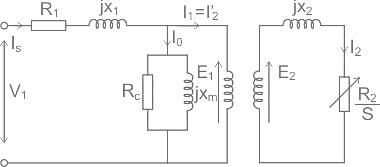
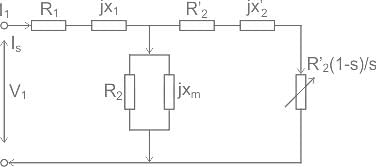
 is the resistance which shows the power which is converted to mechanical power output or useful power.
is the resistance which shows the power which is converted to mechanical power output or useful power.





 =
= 